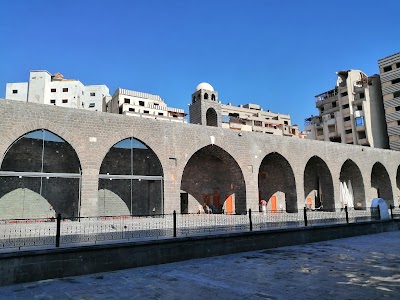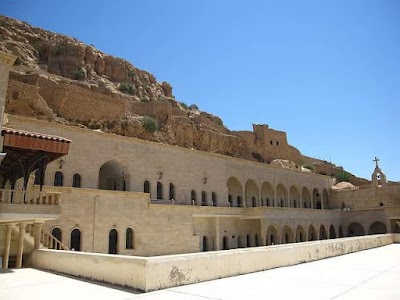Tell Nimrud (تل نمرود)
Overview
Introduction to Tell Nimrud
Nestled in the heart of Nineveh, Iraq, Tell Nimrud (تل نمرود) is one of the most significant archaeological sites in the region, offering a captivating glimpse into the ancient Assyrian civilization. Located approximately 30 kilometers south of Mosul, this historical site dates back to the 13th century BC and was once the thriving capital of the Assyrian Empire during the reign of King Ashurnasirpal II. For foreign travelers, Tell Nimrud is not just a destination; it is a journey into the depths of history, showcasing the grandeur of a civilization that laid the foundations of urban culture and governance.
As you approach Tell Nimrud, the expansive landscape unfolds before you, with the remnants of ancient structures dotting the horizon. The site itself is characterized by its monumental architecture, including impressive palaces, temples, and massive city walls that once stood as a testament to the power of the Assyrian Empire. Among the most notable features is the grand **Northwest Palace**, renowned for its intricate bas-reliefs that depict hunting scenes and mythological narratives, illustrating the artistic prowess of the Assyrians. These carvings, often showcasing detailed images of lions, bulls, and human figures, are a must-see for any art enthusiast or history buff.
The Historical Significance
Tell Nimrud holds immense historical significance, as it serves as a crucial link to understanding the Assyrian Empire's impact on the world. The site was not only a political hub but also a cultural center, where innovations in art, literature, and governance flourished. The ancient city was strategically located along trade routes, making it a melting pot of cultures and ideas. As you stroll through the remnants, you might imagine the bustling markets, the grand ceremonies, and the everyday life of its inhabitants, all woven into the fabric of this once-vibrant city.
For travelers interested in archaeology, Tell Nimrud offers a unique opportunity to witness ongoing excavations and research efforts. Despite the challenges faced in recent years due to conflicts in the region, the site has been a focal point for archaeologists aiming to restore and preserve its rich heritage. Engaging with local guides can provide deeper insights into the findings and the historical context, allowing you to appreciate the site's significance on a more personal level.
Visiting Tell Nimrud
Visiting Tell Nimrud requires a bit of planning, especially for international travelers. It is advisable to coordinate your trip through established tour operators who can ensure safety and provide knowledgeable guides. The best time to visit is during the cooler months, from October to April, when the weather is more temperate and conducive to exploring the vast site.
While at Tell Nimrud, be sure to dress modestly and respectfully, adhering to local customs. Bring along plenty of water, a hat, and sunscreen, as the sun can be quite intense. As you wander through the ruins, take your time to absorb the atmosphere and consider the layers of history that have shaped this remarkable place. The panoramic views from the elevated areas of the site are simply breathtaking and provide a unique perspective on the landscape that once supported a mighty empire.
Conclusion
In conclusion, Tell Nimrud is a treasure trove of history waiting to be explored. Its majestic ruins and captivating stories of the Assyrian Empire make it a must-visit destination for anyone interested in ancient civilizations. As you walk through the remnants of this once-great city, you will not only gain insights into the past but also foster a deeper appreciation for the cultural heritage of Iraq. Embrace the adventure, and let Tell Nimrud tell you its stories of glory and resilience.





